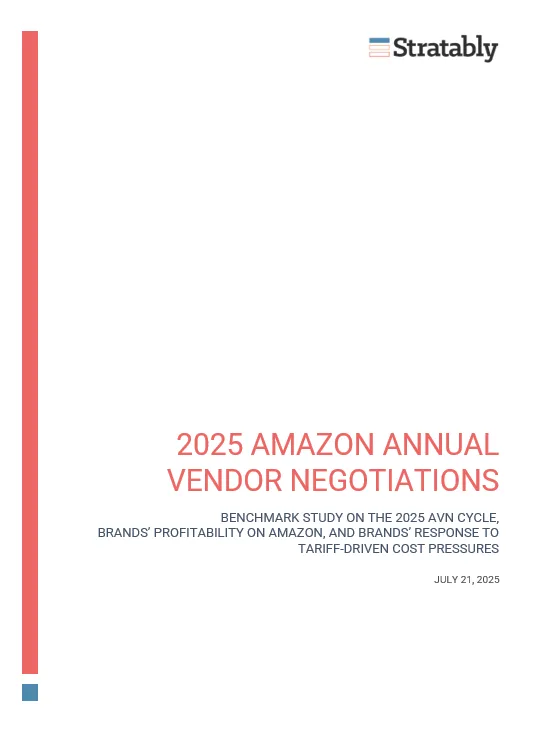April 19, 2023
Stratably hosted Skye Frontier from Incremental to dive into the challenge of retail media measurement, including common pitfalls.
Watch The Recording Here
12 reasons why retail media measurement is challenging
If your organization struggles to measure retail media performance with conviction, you’re not alone. It is incredibly difficult to do this well because of many factors, including:
- Retailers have different attribution methodologies
- Macro-oriented factors like seasonality are difficult to isolate
- Performance data across retail media networks is not easily consolidated
- Consumer privacy efforts limit the ability to track consumers across platforms
- Shopping journeys span multiple different retail stores and media environments
- Retail media encompasses full funnel opportunities, necessitating different metrics
- Returns at a given budget level can’t necessarily be extrapolated to other platforms
- Last touch attribution is easiest to calculate, but optimizing to ROAS is fraught with issues
- Advertisers have many other parallel initiatives underway in addition to their retail media activations
- Returns at a given budget level can’t necessarily be extrapolated to larger budgets because of diminishing returns
- Commercial factors like availability, buybox win rates, and more impact retail media performance differently depending on the channel
- Many advertisers lack clarity on the goal for their advertising, resulting in difficulty choosing the right metric(s) to measure performance
Skye walked through his perspective on these challenges and why advertisers can benefit from a multiple-measurement methodology approach.
Here’s what we found most interesting from the live session:
- There’s unlikely to be one singular measurement approach that will work for an organization. Rather, the challenge for an advertiser is to determine what business questions are most important, what action they can take depending on the measurement methodology, and then getting comfortable that different approaches may provide varying degrees of difference in answers.
- Last touch attribution remains an incredibly popular metric because it tends to be the default option retailers provide.
- Varying forms of direct attribution that go beyond last touch, econometric models (mixed media modeling) and lift testing are the three primary measurement approaches that exist. These can be combined to help triangulate media campaigns.
- AMC was highlighted as an important step towards more granular measurement and fits within the direct attribution moving beyond last touch.
- AMC, along with some of these alternative measurement methodologies often confirm what advertisers assumed but were never able to quantify. Once quantified, this then unlocks much more efficient media spend.
- In Skye’s experience, once advertisers start to go beyond last touch attribution, they find retail media is outperforming their prior expectations. This tends to drive incremental budget towards retail media.
- Google and Facebook have paved the way for a gradual evolution in moving beyond last touch attribution, which was their initial default measurement approach. The rapid growth of retail media has simply left retailers essentially building a plane while it is in flight. But the expectation is that measurement will gradually improve over time.
Watch The Recording Here



